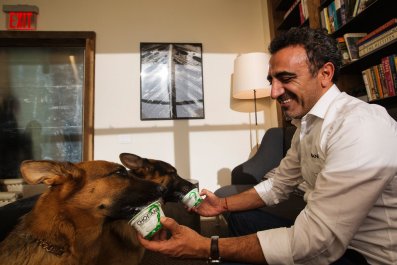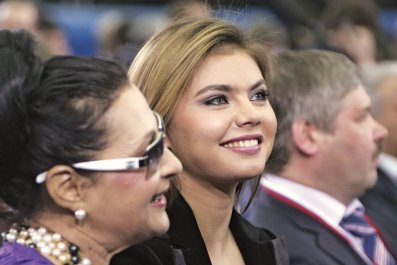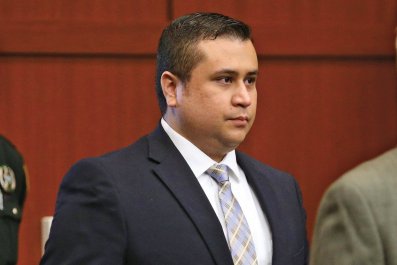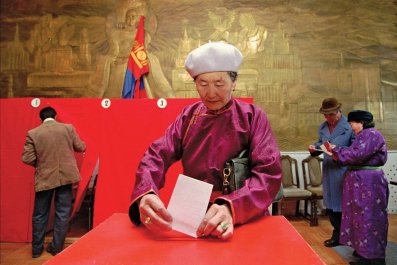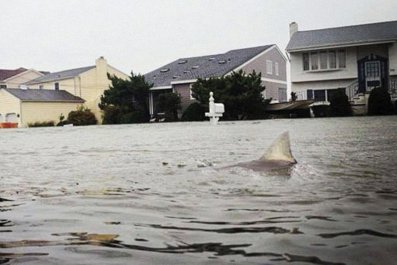WHEN A dozen military leaders testified before Congress earlier this month about the alarming rise of sexual assaults in their ranks, they faced a Senate panel that included seven women—a record number for the predominantly male Armed Services Committee. The female representation among the senators made the paucity of women on the military side that much more noticeable. If you looked hard, there was one woman seated third from the end. But her presence did little to change the overall impression left by the group: a long line of mostly stolid men, awkward and out of touch with the issue they were speaking about.
The scene made me think back to another Senate hearing, which rocked the political universe a generation ago. In October 1991, the nation was riveted as the all-male Senate Judiciary Committee grilled Anita Hill about her charge of sexual harassment against Clarence Thomas. Thomas went on to the Supreme Court, and public opinion was divided on who was telling the truth. But the image of 14 men berating Hill about her veracity in sexually graphic terms provoked a political backlash from women, who were made newly aware how underrepresented they were in Congress.
There were then just two women in the 100-member Senate, Republican Nancy Kassebaum and Democrat Barbara Mikulski. Ellen Malcolm, who founded the organization EMILY's List in 1985 to elect more pro-choice Democratic women, recently recalled how Dianne Feinstein declared at the time that "2 percent is fine for low-fat milk, but not for women in the Senate." Feinstein campaigned on that slogan in 1992 and won a Senate seat, as did fellow Californian Barbara Boxer and two others, Patty Murray of Washington State and Carol Moseley Braun of Illinois. They tripled the number of women in the Senate from two to six in what was dubbed "the Year of the Woman."
Two decades later there are 20 women in the Senate, 16 Democrats and 4 Republicans—far from parity, but enough to ensure that, earlier this month, there was a critical mass of women asking questions at the Armed Services hearing. Of course, that did not fully compensate for the fact that the military officials testifying before the committee were almost entirely male. But hopefully that will not always be the case: the dramatic increase in the number of women in the Senate since 1991 is evidence that even the most hidebound institutions can change with the times.





